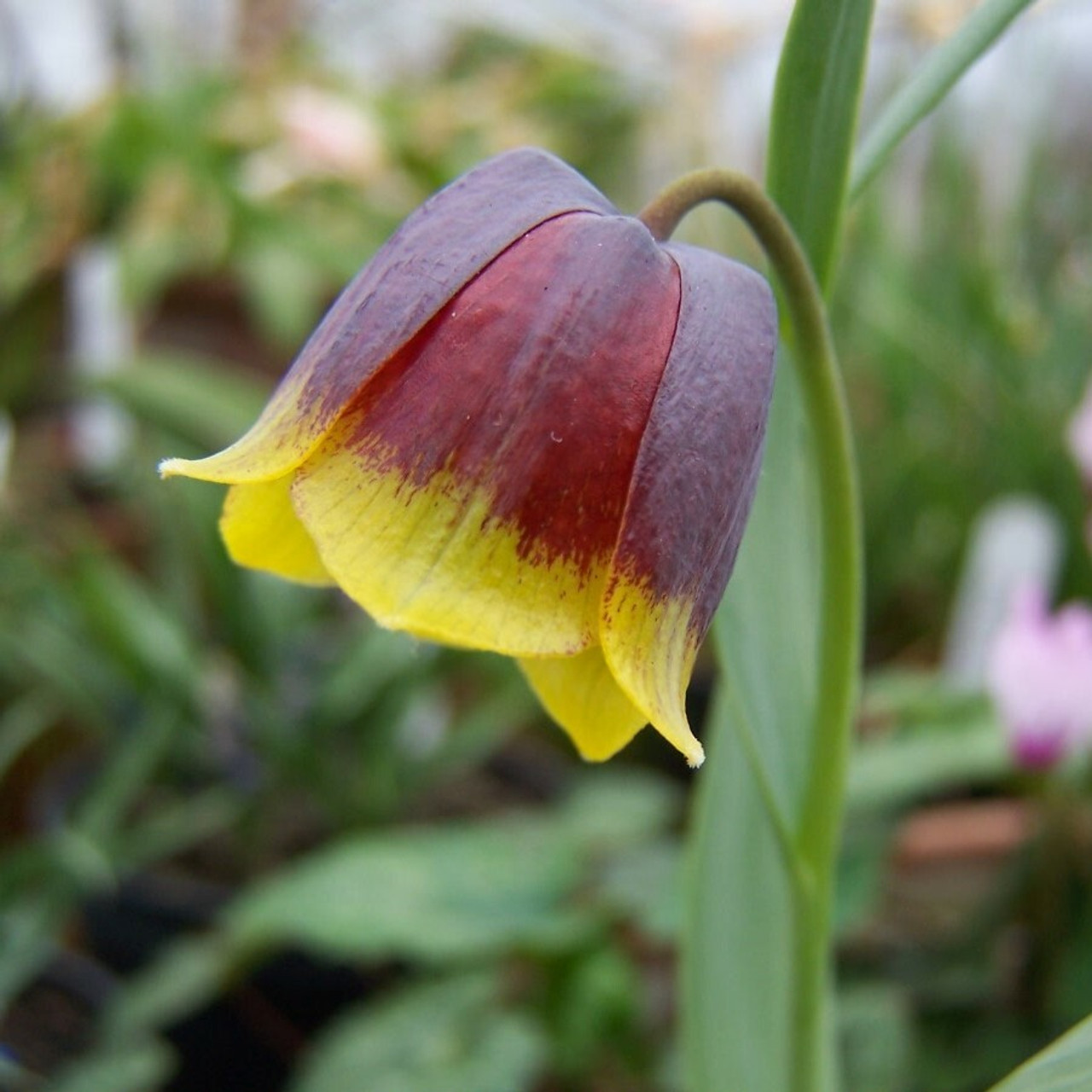
Fritillaria
Again we are pleased to be able to offer a wide choice of this amazingly diverse and interesting group of plants. While some varieties are easy to grow, and will even naturalise, there are a number that require very specific care and are perhaps not suitable for everyone. Unfortunately even when all the growing instructions are followed, some types can still be tricky. Patience is often required! Always be careful when touching the bulbs as they bruise easily. Our range is split into two sections:
Crown Imperials - An imposing beauty, these bulbs are sure to make an impact in the garden. Tall strong stems emerage in spring topped with curious umbells of large, brightly coloured flowers, topped with green tufts of leaves. Superb plants for dappled shade.
Species Fritillaria - A selection of some wonderful species and varieties, all deserving of a special spot in your garden.
How to plant Fritillaria bulbs:
This is a huge family, and they all have slightly different preferences in terms of soil and sunlight. In general they do best in semi-shaded woodland gardens, in a soil that retains some moisture but which doesn't dry out too quickly. Incorporating plenty of leaf mould before planting is always a good idea.
Crown Imperials - plant 30cm deep. A good idea is plant them on their side, as the top of the bulb always has a hole left by the previous year's flowering stem and this hole can allow water to pool and rot the bulb.
Species Fritillaria - the size of the bulb can vary enormously from species to species, from the diminuitive F. meleagris to the substantial F. persica. Plant to a depth of 4 times the height of the bulb. Again, almost all prefer some shade, so under deciduous trees or sheltered by nearby large shrubs is perfect.

